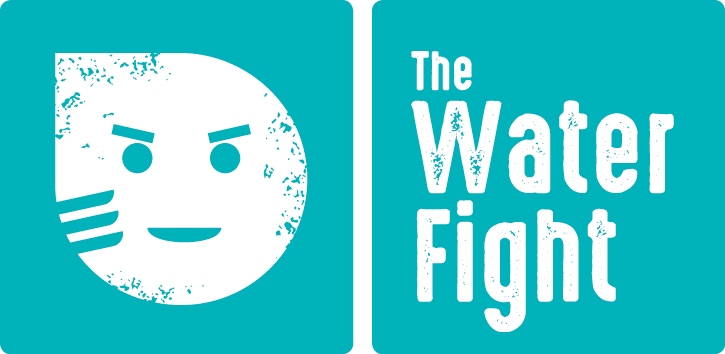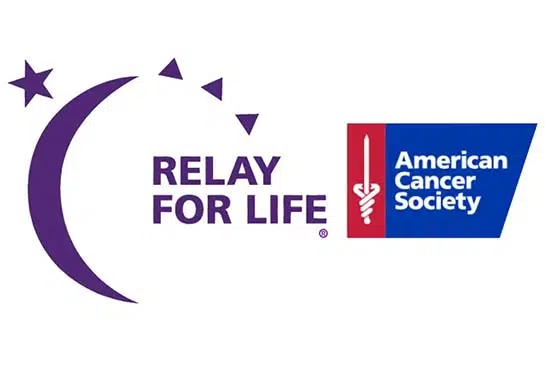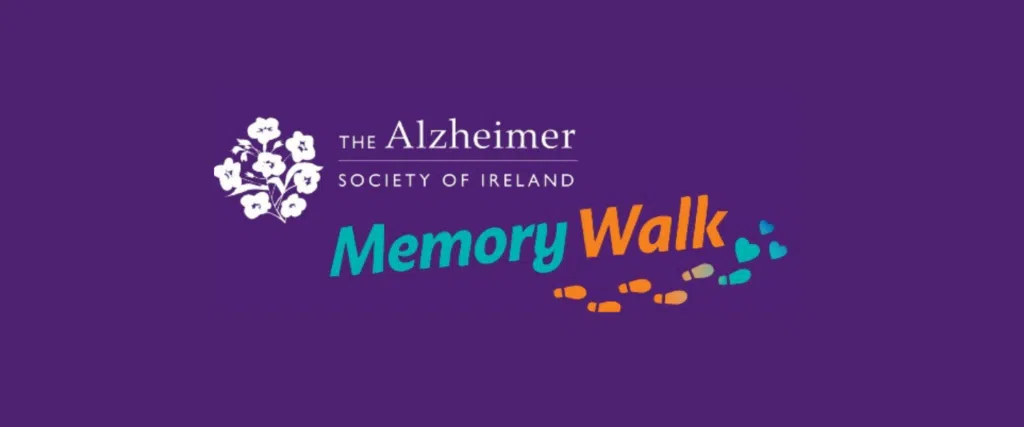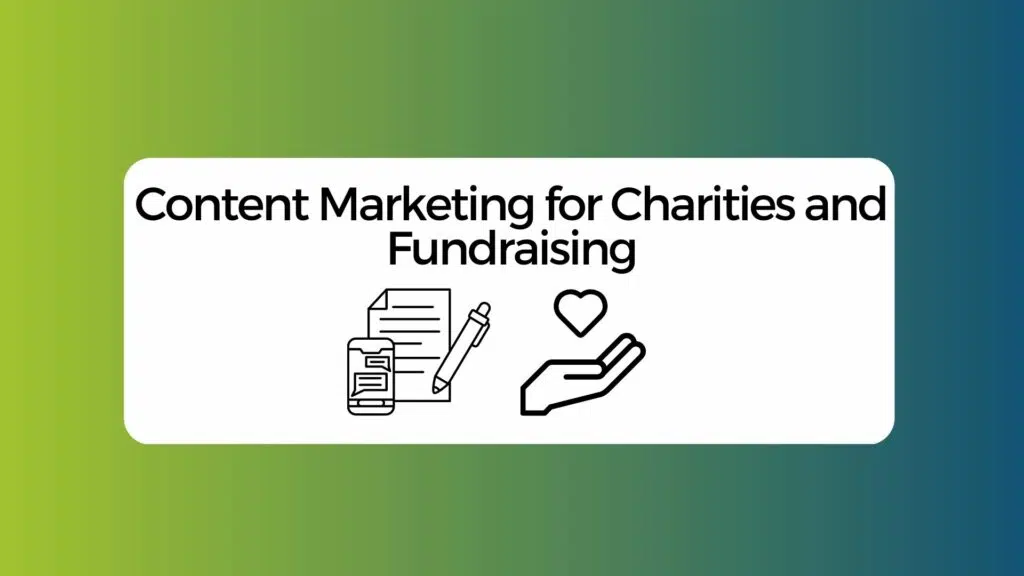This post is part of the: 5-Step Digital Marketing Strategy for Fundraising
Content marketing for charities and fundraising can be a powerful tool for engaging donors, volunteers, and supporters, building trust and credibility, and driving donations and support for your non-profit.
Content marketing is a strategic approach that focuses on creating and distributing valuable, relevant, and consistent content to attract and retain a clearly defined audience and drive profitable customer action.
Content Strategy Ideas for Charities
Here are five content strategy ideas for charities:
1. Storytelling Campaigns
- Use compelling stories to showcase your nonprofit’s impact and mission.
- Feature real-life stories of people whose lives have been changed by your nonprofit’s work.
WaterAid’s “The Water Fight” Campaign

WaterAid’s “The Water Fight” campaign was a content marketing initiative designed to engage a younger audience and raise awareness about the global water crisis. The campaign centred around a viral video featuring a humorous and playful water fight among children from around the world.
The strategy behind the campaign was to leverage the power of social media and online video to reach a wider audience and generate buzz around WaterAid’s mission. By creating a fun and relatable video, WaterAid aimed to engage a younger demographic and raise awareness about the importance of clean water and sanitation.
In addition to the video, WaterAid created a range of supporting content, including blog posts, social media graphics, and interactive quizzes. This content was designed to deepen the audience’s engagement with the campaign and provide additional information about WaterAid’s work.
The “Water Fight” video quickly went viral, generating millions of views and shares across social media platforms. The campaign also received extensive media coverage, with articles appearing in major publications like The Guardian and Mashable.
In addition to the media attention, the campaign generated significant engagement and support from WaterAid’s audience. The interactive quiz, for example, was completed over 150,000 times, while the campaign’s hashtag #TheWaterFight was used over 5,000 times on social media.
The “Water Fight” campaign was a resounding success, both in terms of raising awareness about the global water crisis and engaging a younger audience in WaterAid’s mission.
2. User-Generated Content
- Encourage supporters to share their own stories and experiences with your nonprofit.
- Showcase user-generated content on your website and social media channels.
How American Cancer Society’s “Relay for Life” Leveraged User-Generated Content

The American Cancer Society’s “Relay for Life” campaign is a user-generated content marketing initiative designed to engage supporters and raise funds for cancer research. The campaign centres around Relay for Life events, which are held across the United States and involve teams of participants walking or running laps to raise money for the cause.
The strategy behind the campaign is to empower supporters to share their stories and participate in the fight against cancer. By encouraging teams to create their own fundraising pages, share photos and videos from their events, and share their experiences on social media, the American Cancer Society is able to create a powerful user-generated content ecosystem.
In addition to the user-generated content, the campaign is supported by a range of marketing materials, including social media graphics, email templates, and fundraising guides. These materials help participants to spread the word about their events and encourage their friends and family to donate.
Since its inception in 1985, Relay for Life has raised over $6.5 billion for cancer research and support programs. The campaign has also generated a vast amount of user-generated content, including photos, videos, and personal stories from participants.
In addition to the funds raised, Relay for Life has also helped to raise awareness about cancer and the importance of early detection and treatment. By engaging supporters in the fight against cancer, the American Cancer Society has been able to build a powerful community of advocates and ambassadors for its cause.
The “Relay for Life” campaign is a powerful example of user-generated content marketing for charities done right and demonstrates the potential of empowering supporters to share their stories and drive social change.
3. Educational Content
- Create educational content that addresses your audience’s pain points, interests, and questions.
- Share informative blog posts, videos, infographics, and other content formats.
How The British Heart Foundation’s “Heart Matters” Used Education Content

The British Heart Foundation’s “Heart Matters” campaign is an educational content initiative designed to help people manage and prevent heart disease. The campaign centers around a free magazine and online content hub, which provide practical advice and support to people living with heart conditions.
The strategy behind the campaign is to empower people to take control of their heart health by providing them with high-quality, evidence-based information and resources. By creating a trusted source of health information, the British Heart Foundation aims to educate and inspire people to make positive lifestyle changes and reduce their risk of heart disease.
In addition to the magazine and online content, the campaign is supported by a range of marketing materials, including social media graphics, email newsletters, and direct mail. These materials help to promote the campaign and encourage people to sign up for the magazine and access the online content.
Since its launch in 1997, Heart Matters has become the UK’s largest circulation health magazine, with over 470,000 subscribers. The online content hub also receives over 2 million visits per year, demonstrating the demand for high-quality health information among the general public.
In addition to the reach and engagement, the campaign has also had a measurable impact on the health outcomes of its readers. A survey of Heart Matters readers found that over 80% of respondents had made positive lifestyle changes as a result of reading the magazine, and over 60% had improved their cholesterol, blood pressure, or weight.
The “Heart Matters” campaign is a powerful example of education content marketing for charities done right and demonstrates the potential of providing people with high-quality, evidence-based health information.
4. Advocacy Campaigns
- Use your nonprofit’s voice to advocate for change on behalf of your cause.
- Use social media and other channels to share your message and encourage action.
How WWF’s “Together Possible” Campaign Used Advocacy

WWF’s “Together Possible” campaign is an advocacy initiative designed to raise awareness and drive action on key environmental issues. The campaign centers around a series of petitions and campaigns, which aim to mobilize supporters to take action on issues such as climate change, wildlife conservation, and sustainable agriculture.
The strategy behind the campaign is to empower people to become advocates for the environment by providing them with simple, impactful actions they can take to make a difference. By creating a sense of urgency around key environmental issues and demonstrating the power of collective action, WWF aims to inspire people to take action and drive change.
In addition to the petitions and campaigns, the campaign is supported by a range of marketing materials, including social media graphics, email newsletters, and digital ads. These materials help to amplify the campaign’s message and reach new audiences.
Since its launch, “Together Possible” has mobilized over 2 million people to take action on environmental issues, including signing petitions, making pledges, and contacting elected officials. The campaign has also had a measurable impact on environmental policy, with governments and corporations taking action on issues such as deforestation, plastic pollution, and climate change.
In addition to the advocacy outcomes, the campaign has also helped to raise awareness about key environmental issues and build a powerful community of environmental advocates. By engaging people in the fight for a more sustainable future, WWF has been able to build a movement for change that has the potential to drive significant environmental progress.
The “Together Possible” campaign is a powerful example of advocacy marketing done right and demonstrates the potential of empowering people to become advocates for the environment.
5. Live Streaming Events
- Host live streaming events, such as Q&A sessions or charity walks, to engage your audience.
- Use social media and other channels to promote and share your live stream.
How The Alzheimer’s Society’s “Memory Walk” Campaign Used Live Streaming

The Alzheimer’s Society’s “Memory Walk” campaign is an annual event that raises awareness and funds for dementia research and support. In recent years, the campaign has incorporated live-streaming events to engage a wider audience and bring people together in the fight against dementia.
The strategy behind the campaign is to inspire people to take action against dementia by participating in Memory Walk events, donating to the cause, and sharing their stories on social media. By creating a sense of community and shared purpose, the Alzheimer’s Society aims to mobilize people to support their cause and drive progress in dementia research and care.
The live streaming events are a key component of the campaign, as they enable people who are unable to participate in physical events to still engage with the campaign and support the cause. These events include live broadcasts of Memory Walk events, as well as virtual events such as “Memory Walk TV,” which features interviews, stories, and performances related to the campaign.
Since its launch in 2010, the Memory Walk campaign has raised over £54 million for dementia research and support. The live streaming events have also helped to increase engagement and reach new audiences, with over 100,000 people tuning in to the live broadcasts and virtual events in 2020 alone.
In addition to the fundraising and engagement outcomes, the campaign has also helped to raise awareness about dementia and the impact it has on individuals and families. By sharing stories and personal experiences, the campaign has helped to reduce stigma and increase understanding about this important issue.
The “Memory Walk” campaign is a powerful example of how live streaming can be used to engage and mobilize people in the fight against a pressing social issue.
Successful Charity Content Strategies
Content marketing is a powerful tool for charities to raise awareness about their cause, engage with supporters, and drive donations and support for their mission. To help inspire your next content campaign, we’ve compiled three examples of successful content marketing for charities:
Oxfam’s “Second Hand September” Campaign
Strategy: Encouraged people to stop buying new clothes for a month and donate to Oxfam instead.
Content: Featured stories and images of people who participated in the campaign, as well as educational content about the environmental impact of fast fashion.
Metrics: Over 62,000 mentions of the campaign on social media, over 7,000 new Oxfam supporters, and a 29% increase in Oxfam’s online sales.
Crisis’ “Home for All” Campaign
Strategy: Used storytelling to highlight the experiences of people who have experienced homelessness and Crisis’ work to end homelessness.
Content: Featured real-life stories, photos, and videos of people who have experienced homelessness, as well as educational content about the root causes of homelessness.
Metrics: Over 200,000 visitors to Crisis’ website during the campaign, over 14,000 new Crisis supporters, and a 43% increase in Crisis’ online donations.
Cancer Research UK’s “Race for Life” Campaign
Strategy: Encouraged people to sign up for Race for Life, a series of fundraising events to raise money for cancer research.
Content: Featured inspirational stories and images of people who participated in Race for Life, as well as educational content about cancer research and prevention.
Metrics: Over 400,000 participants in Race for Life events, over £38 million raised for cancer research, and a 22% increase in Cancer Research UK’s social media followers.
These three examples demonstrate the power of content marketing for charities. By leveraging storytelling, education, and emotional connection, these charities were able to engage and inspire their audiences and drive donations and support for their mission.
Best Practices for Charity Content Strategies
Here are some best practices for creating effective content strategies for charities:
- Understand your audience: Know who your audience is and what their interests, pain points, and motivations are.
- Tell stories: Use storytelling to make an emotional connection with your audience and showcase your nonprofit’s impact and mission.
- Be authentic: Be transparent and genuine in your messaging and communications.
- Use multiple channels: Use a variety of content formats and channels, such as social media, email, and video, to reach your audience.
- Measure your results: Use metrics such as engagement rates, click-through rates, and conversions to measure the success of your content strategy and adjust accordingly.
- Maximize the output: Repurpose your content for multiple channels to reach your audience on different platforms. The blog post could also be a long-form video or a series of social media posts.
Content marketing for charities can really benefit from these strategies, which can be an effective way for charities to engage donors, volunteers, and supporters, build trust and credibility, and drive donations and support for their cause. By following best practices and creating compelling and relevant content, charities can create a strong connection with their audience and inspire action to make a positive impact on their mission.
Thank you for taking the time to read our guide on using Facebook Insights for effective charity fundraising. We hope that you found the information and examples provided useful in planning your next fundraising campaign. If you have any questions or comments, please feel free to drop a comment below or contact us directly.
If you’re in need of any charity marketing services, our digital marketing agency for charities can provide a range of services, including charity PPC, Google Ads for Charities and SEO for Charities.
[subscribe]







